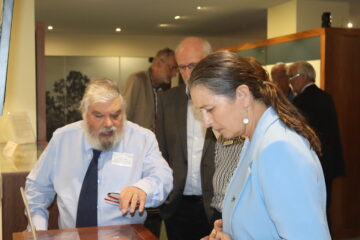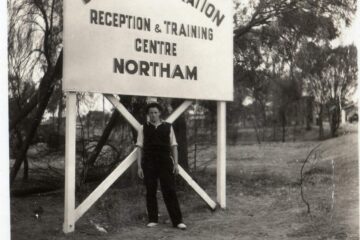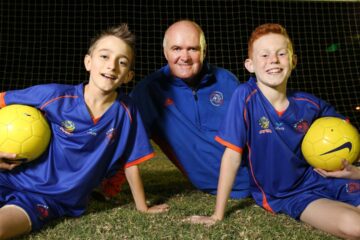Akky van Ogtrop graduated from the Royal Academy of Fine Arts, s-Hertogenbosch, The
Netherlands, majoring in printmaking, and has a Masters Degree Fine Arts, Sydney University.
As a director and project manager of major arts events, Akky has worked for national and
international arts organisations including: the Biennale of Sydney, ARTiculate Campaign, the World
out West, Sydney Contemporary and she is Founder and Executive Director of the Sydney Art on
Paper Fair.
She is the Curator of Paper Contemporary at Sydney Contemporary Art Fair.
Akky is presently serving on various boards, including: President of the Print Council of Australia,
President Sydney Chamber Music Festival, President Walter Burly Griffin Society and Board
member of Dutch Link Inc, Board member Anne Frank Exhibition Australia Ltd. She is also a Foundation member of the Art Gallery of NSW.
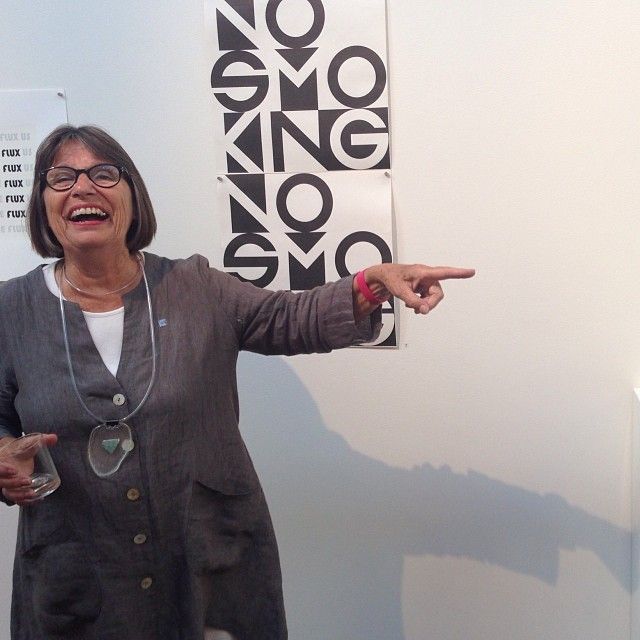
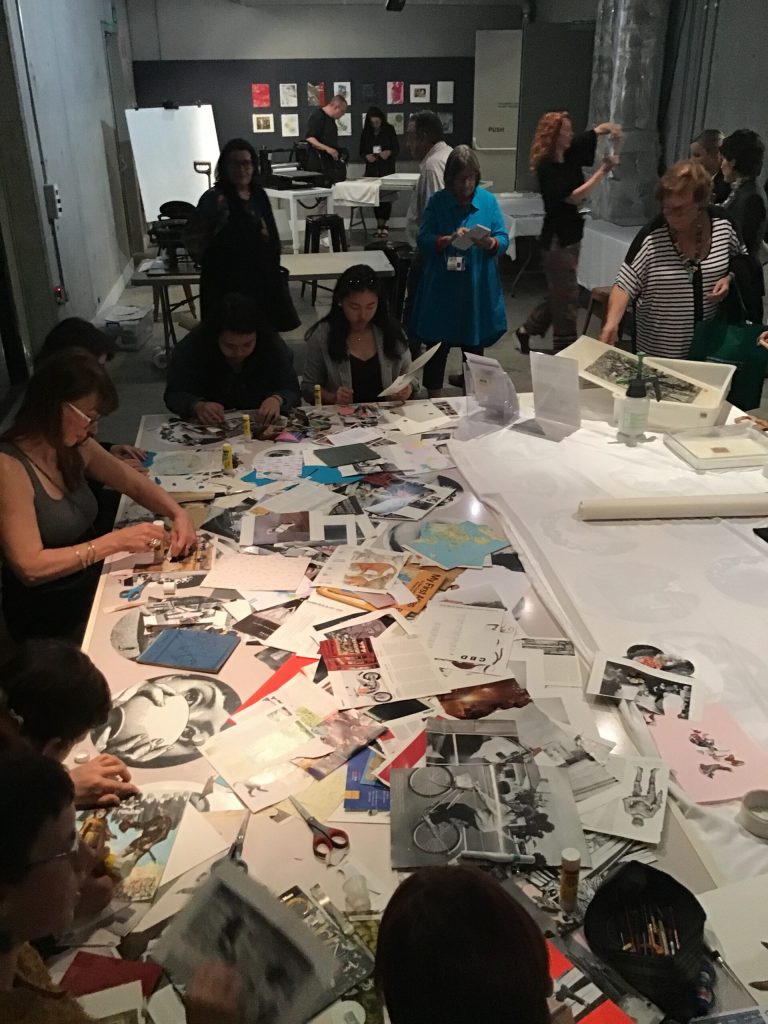
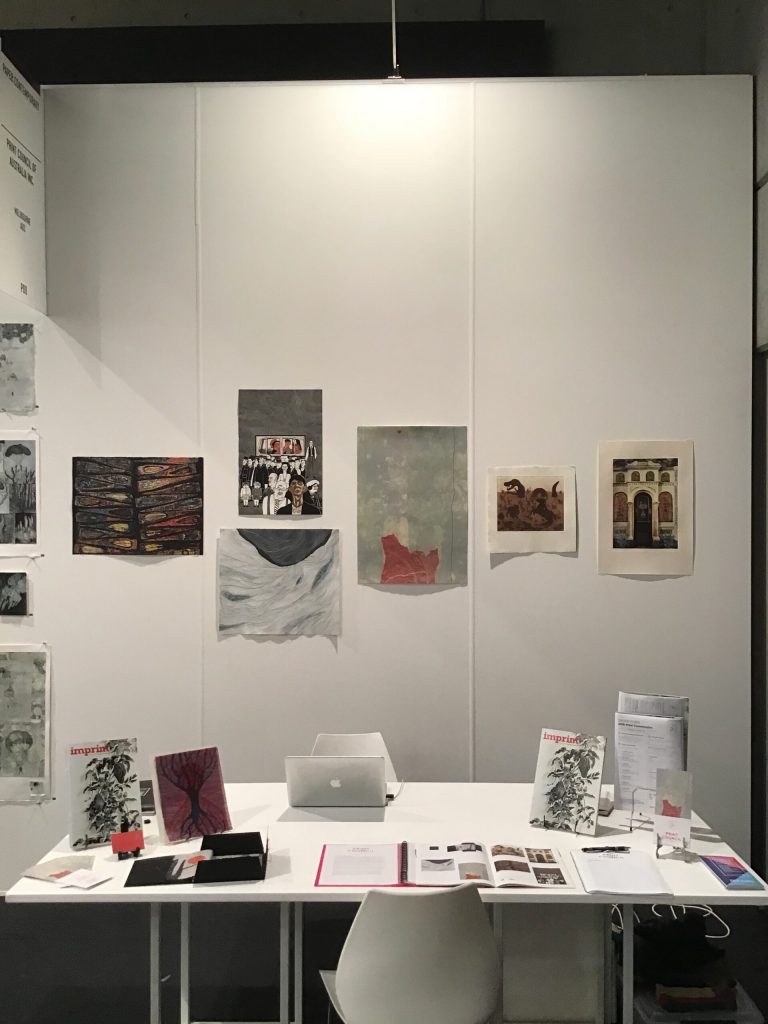
See also:
Interview with Akky van Ogtrop – Sydney Contemporary 2022
Taking up with modernism: The Akky van Ogtrop Collection
Video: Meet the Board – Akky van Ogtrop, Dutchlink Board Director
